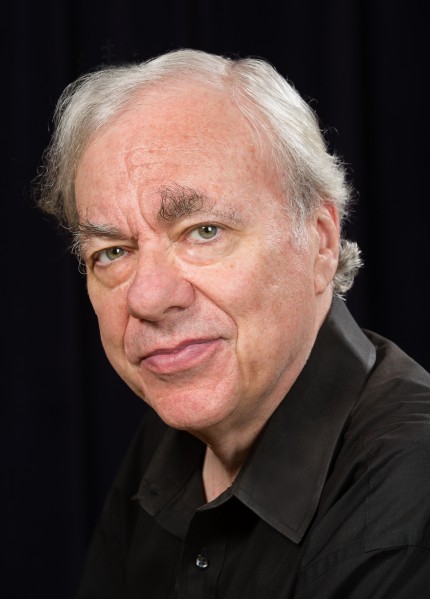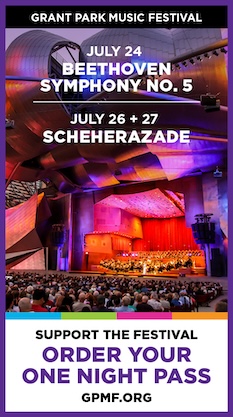Richard Goode’s poised, expressive Bach restores civility to Orchestra Hall
After the abortive student “protest” at the previous evening’s CSO concert, a program devoted entirely to music of Johann Sebastian Bach felt like an ideal way to restore order and civility.
And so it proved with one of our most esteemed keyboard artists, Richard Goode, performing a rewarding all-Bach program Sunday afternoon at Orchestra Hall.
Most Bach programs lately presented by pianists tend to favor the popular Goldberg Variations. But Goode’s finely balanced recital managed to offer some choice rarities as well as better-known pieces.
Two excerpts from Book II of The Well-Tempered Clavier led off each half. Goode began with the opening Prelude and Fugue No. 1 in C major, which set the tone for the afternoon. Goode plays Bach on a traditional Steinway but his technical command, stylistic integrity and lightly spun articulation make questions of instrumentation seem utterly irrelevant. The Prelude was poised and elegantly turned, and the tripping melody of the ensuing Fugue clearly voiced and rendered with fine vitality.
In the contrasted dances of the French Suite No. 5 in G major, Goode consistently underlined Bach’s rhythmic ingenuity. The opening Allemande had a confiding grace and Goode’s singing line in his expressive Sarabande never veered toward sentimentality. The pianist brought off-kilter rhythmic verve to the Gavotte, pearl-toned elegance to the Loure, and the lilting Gigue made a fine finale.
Bach’s Three-Part Inventions are often heard in recital programs but rarely as an integral set. Goode offered all fifteen “Sinfonias” of BWV 797-801, which proved almost revelatory experienced door to door. The set is written in ascending keys of alternating major and minor, like the WTC, and has a similar richness of, well, invention, albeit within a shorter span.
Goode put across the vivacious cheer of the major-key Inventions–No. 5 in E flat was especially beguiling–but was especially communicative in the minor-key items. No. 4 in D minor was notable for its pensive introspection, and No. 9 in F minor embodied a stately sense of tragedy.
The Partita No. 2 in C minor likewise plumbs a more somber world of expression. Goode brought firm dramatic impact to the stark arresting chords of the opening Sinfonia. The Allemande went with limpid expression and the Sarabande had engaging graceful bonhomie, with the closing Capriccio thrown off with bristling, defiant energy.
Bach’s Italian Concerto–in which he emulated the bravura operatic qualities of Mediterranean contemporaries like Vivaldi–made an apt closer to the program. There was some loss of rhythmic focus in the opening movement but Goode floated the celebrated theme of the Andante like a dark-hued aria. The pianist brought exhilarating speed and prestidigitation to a rollicking finale, maintaining impressive contrapuntal clarity throughout.
After several ovations, Goode offered a single encore: the Sarabande from the Partita No. 4 in D Major, rendered with intimate charm.
Posted in Uncategorized

